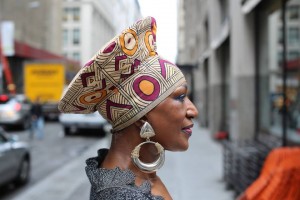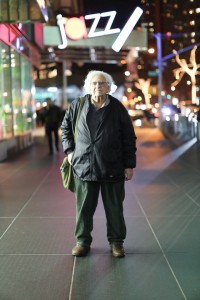Humans of New York is a blog which aims to “create an exhaustive catalogue of New York City’s inhabitants”. Started by Brandon Stanton in 2010, he had a goal of depicting “the grand span of New York’s population through photographs, but also to explore how the population functions in terms of geography, capturing the inherent differences and common characteristics found in the residents of varying New York City neighborhoods, from Bed-Stuy to SoHo”. Initially Stanton wanted to categorize the photos into the locations in which they were taken so readers of his blog could see the people of that neighbourhood, however, after photographing and interacting with more people he realized that captioning the photos with the unique stories of the individuals, he could create a “vibrant blog”, giving a personal insight into many every-day lives of New York City inhabitants. After looking through the extensive list of intimate, thought-provoking portraits and captions on the blog, I am left with the question of: Is this really a true representation of the demographic of the inhabitants of New York City?
The blog desires to represent the thorough diversity of New York Cities 8 million citizens through the perspective of a single person and his camera. The featured portraits are of those whom Stanton feels are interesting enough to photograph. But who is considered important enough, in the eyes of Stanton? Images 1,2 and 3 show some of those whom I find interesting on the blog, but each and every person would have a different opinion and therefore it is not possible that the blog Humans of New York gives a true representation of the demography of New York City. An accurate representation of the demographic of New York does not walk around the streets where Stanton photographs, the elderly who cannot walk, the business men working throughout the day, those in the rougher neighbourhoods who do not wish to be identified. They do not appear as commonly on the blog. Those who do not come from the same social or economic background as Stanton, he would find more interesting, as communicating with these people gives him the opportunity to learn about life experiences, possibly engaging in new cultures. During an interview Stanton answered “I do tend to value the portraits from rougher neighborhoods more, because they are harder to obtain, and rarer”. This demonstrates the fact that his personal opinion affects who he photographs, it would affect how he approaches them, it changes how he engages with different people and consequently whose portrait features on the blog.
This leads to the larger question within life narratives of whose stories have the right to be told? Humans of New York is an excellent example of how Web 2.0 has increased the variety and quantity of stories heard globally, but there are still many factors, such as Stanton’s personal opinions, that affect who gets to tell their story.


